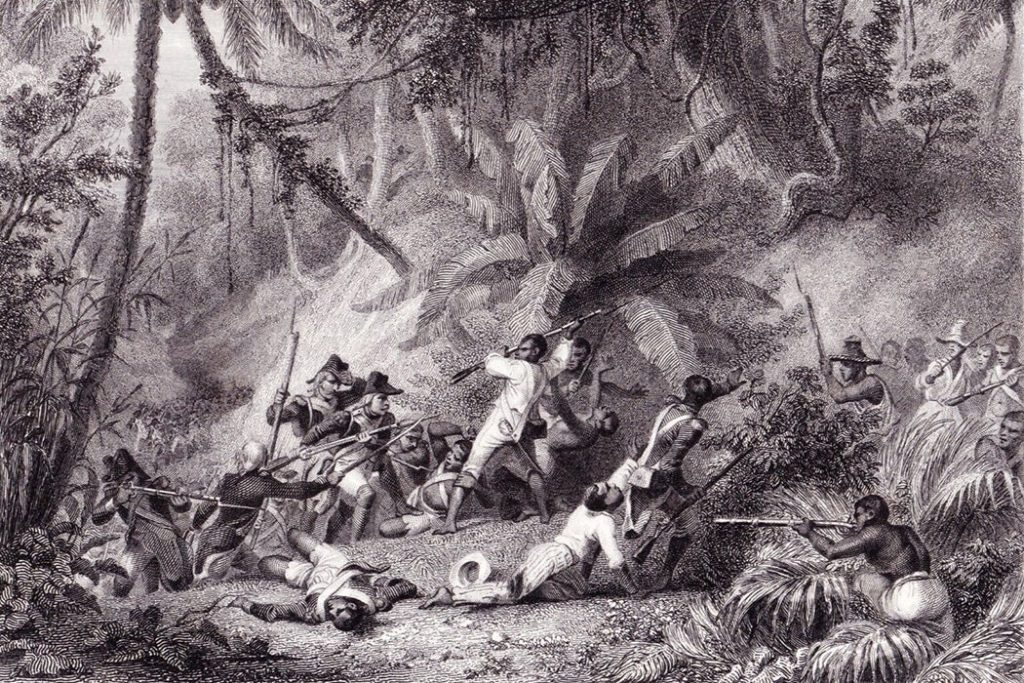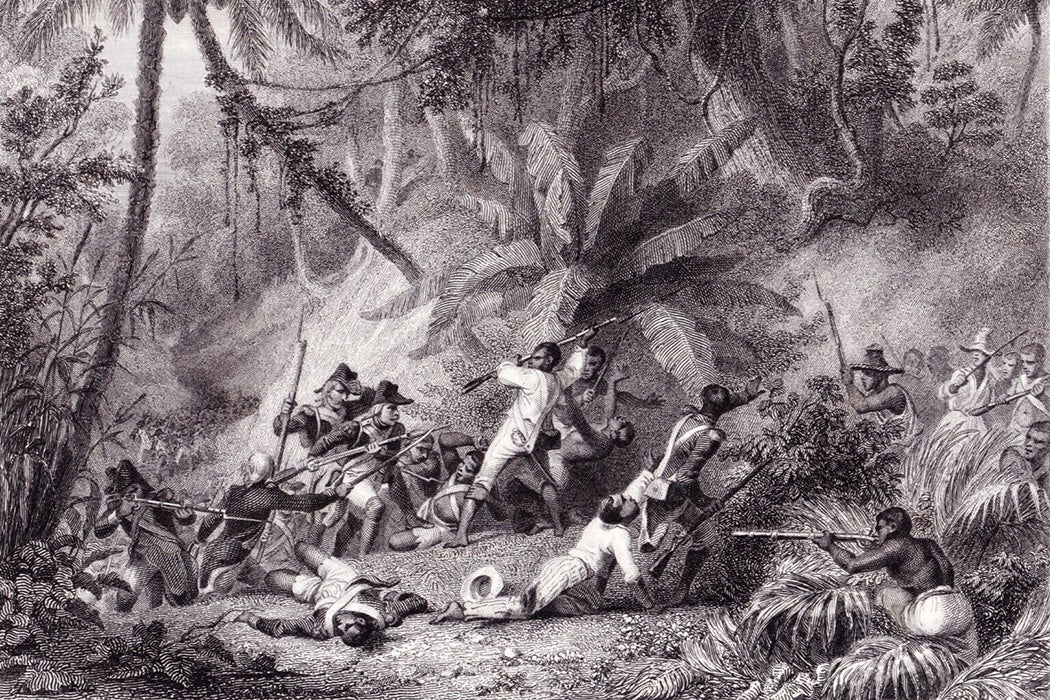
A Haitian-American Artist’s Diverse Perspectives on Life

# The Artistic Legacy of Paul Gardère: A Journey Through *Vantage Points*
Paul Gardère’s unique fusion of Haitian, American, and European artistic traditions has long distinguished him as a visionary artist. His exhibition, *Paul Gardère: Vantage Points*, held at the historic Stuyvesant-Fish House in Manhattan, offers an intimate and deeply personal display of his work. Curated with insights from his daughter, Catherine Gardère, the retrospective allows visitors to explore Gardère’s ongoing dialogue with themes of migration, colonialism, and cultural identity.
## A Multicultural Lens: Gardère’s Artistic Identity
Born in Haiti in 1944, Paul Gardère immigrated to the United States as a teenager, a transition that profoundly influenced his artistic development. A graduate of Cooper Union, he was shaped by Western artistic traditions, before seeking inspiration from his roots in Haiti. His works reflect an intricate balance between the influences of European classical painting, Haitian folk art, American Modernism, and his personal lived experiences.
Gardère’s artistic journey involved synthesizing these visual languages, using painting, mixed media, and collage to craft works that explore questions of cultural displacement, historical trauma, and hybridity.
## An Artist Between Worlds
One of the most striking works in *Vantage Points* is *Triplex Horizon* (1998), a mixed-media piece that epitomizes Gardère’s ability to weave together distinct cultural elements. The painting incorporates fragments of *Shipwreck* (1965) by Haitian artist Rigaud Benoit alongside a small reproduction of a Monet painting and photographic images of the US coastline. The dominant tones—red and deep glittery blue—reference the national flags of Haiti, France, and the United States, yet instead of forming a seamless fusion, each representation remains fragmented, reflecting the tensions between Gardère’s multiple identities.
His work serves as a meditation on migration, particularly the displacement endured by Haitians, including Gardère’s own family, who fled the repressive regime of François Duvalier. This experience left deep impressions on his practice, leading him to craft pieces that reflect the fractured, yet deeply interconnected, nature of cultural identity.
## The Personal in the Political
While Gardère’s work examines large-scale sociopolitical themes, what makes his approach stand out is its deeply personal nature. His stylistic evolution—moving away from the formal structures of European-influenced Haitian academic painting and incorporating mixed media and elements of maximalism—displays a clear embrace of the personal as artistic material.
His pieces never feel overwhelming; rather, they draw the viewer into intimate contemplation. *Rowing to Giverny* (1999) and *Le Pont* (1995) reflect his time at the Fondation Claude Monet in France, yet both contain unmistakable elements of Haiti, interweaving vivid textures reminiscent of the tropical landscape he left behind. *Le Pont*, which hung in Gardère’s studio for decades, contrasts Monet’s romanticized depiction of nature with earthy, textured mud, grounding the idea of landscape in labor and lived history rather than mere idyllic beauty.
## A Legacy of Storytelling
*Vantage Points* does not simply showcase Gardère’s paintings—it presents fragments of his life story. As visitors walk through the exhibition, they not only witness his shifting influences but also experience his evolving relationship with heritage, displacement, and artistic autonomy. His daughter’s curatorial presence adds an additional layer of warmth and personal history to the show, underscoring the intergenerational dialogue embedded within his work.
Gardère’s ability to float between cultural boundaries, to embrace both a Haitian and an American identity without denying the ruptures between them, makes his work particularly resonant in today’s globalized world. He paints not just from memory but from a lived negotiation of multiple heritages, inviting his audience to engage in a dialogue about identity, migration, and artistic belonging.
## Exhibition Information
*Paul Gardère: Vantage Points* is on view at the Stuyvesant-Fish House (21 Stuyvesant Street, East Village, Manhattan) through June 6. The exhibition is presented courtesy of the Estate of Paul Gardère, with coordination by Cooper Union School of Art Dean Adriana Farmiga and Assistant Dean Yuri Masny.
This retrospective provides a rare opportunity to encounter Gardère’s visionary work in an intimate setting, allowing visitors to reflect on the persistent relevance of his artistic exploration of identity, influence, and cultural navigation.